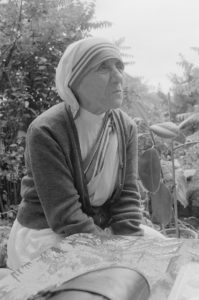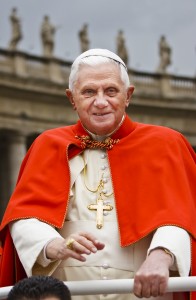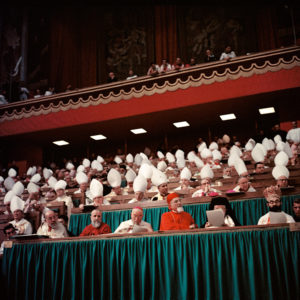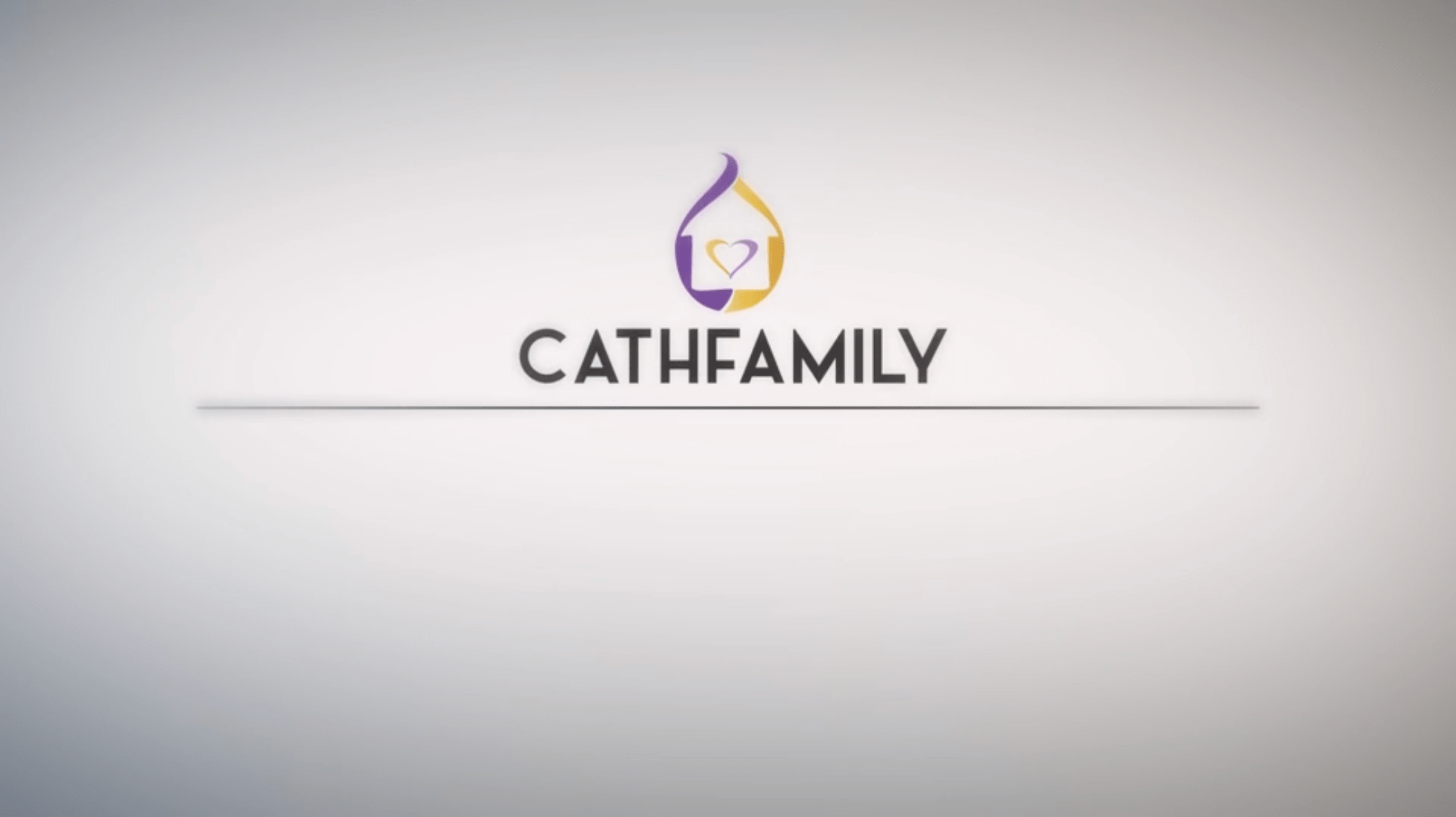Living the Faith

The world today repeatedly writes off the Catholic Church as being irrelevant, so the fascination and buzz that has been generated by Pope Benedict retiring has been the source of substantial bemusement here at CathFamily!
None-the-less, big things are afoot in the Church and in the world.
In all the hype and hysteria, we present a few thoughts on an on-going project begun by Benedict: The Year of Faith. It is a year dedicated to going back to the basics of our faith journey. It is a year centered on Jesus, the reason for faith. It providentially ties in beautifully with the Australian Bishop’s Year of Grace (see this CathFamily edition for more).
A Year of Faith
Pope Benedict XVI inaugurated the Year of Faith on the 12th of October 2012. This was a significant date for the church, being the 50th Anniversary of the opening of the Second Vatican Council and 20th Anniversary of the re-publication of the Catechism of the Catholic Church.
In his Apostolic Letter Porta Fidei (Door of Faith), Benedict points out that as Catholics, we can no longer go out into the wider world and assume that ‘Faith’ is a well-understood foundation of our culture. Our secularised western culture actively denies faith and attempts to discredit believers. Benedict challenges us to grow in our understanding of our faith so that we can be the credible, enlightened and confident witnesses that our culture desperately needs.
By going back to the basics of the Catholic faith, (the Nicene Creed and the Catechism), Benedict invites us on a journey of rediscovery, joy and deeper unity in our belief, prayer and living as Catholics.
Vatican II 50 Years on
The Second Vatican Council was opened by Pope John XXIII in 1962 and concluded by Paul VI three years later. Unlike other Church councils, Vatican II did not institute any creeds, condemn any heresies or define any doctrines. Although it produced 16 documents on subjects ranging from liturgy to inter-faith relations, the meaning and ‘spirit’ of the Vatican II has been bitterly and intensely disputed.
Some have hailed it as “theological year zero”, a new age of openness to philosophical currents of the world and popular culture. Others have declared it the source of all the ills of the modern church.
A Third Way…
Benedict XVI, being a theological advisor to the Council in his youth, takes an entirely different understanding of the spirit of Vatican II. Benedict’s third way is what George Wiegel calls ‘Evangelical Catholicism’ and can be summarised in Benedict’s papal motto: “Co-operators with Truth”. We have gifts of both faith and reason and by bringing them together, we achieve not only an individual fullness of being, but we are a beacon of light and hope to a culture characterised by fracture and disillusionment.
“Evangelical Catholicism takes John Paul II’s injunction in the 2001 apostolic letter Novo Millennio Ineunte to heart: it sets sail from the stagnant shallows of institutional maintenance into the deep waters of post-modernity, preaching the Paschal Mystery as the central truth of the human condition, while building communities of integrity, decency, solidarity and compassion – Eucharistic communities of supernatural charity capable of nurturing genuine human flourishing.”- George Wiegel
The New Evangelisation
 The Catholic Church exists to proclaim the Gospel. That’s it. End of story. Any time we forget this, we stray from the path that Jesus laid down for his Church.
The Catholic Church exists to proclaim the Gospel. That’s it. End of story. Any time we forget this, we stray from the path that Jesus laid down for his Church.
Naturally, there are many different ways to proclaim the Gospel; serving the poor and the sick, feeding the hungry, educating the next generation, and a great many physical, practical and absolutely necessary engagements that the Church has in the world.
BUT… the Year of Faith is not about these good works. The Year of Faith is about why we are who we are and the reality is, without THE personal encounter with Christ in the Incarnation, the Catholic Church is little more than a global charity.
Benedict’s Year of Faith is about the simplest, most basic proclamation of the Gospel: ourselves.
Each individual Catholic’s faith is absolutely crucial to proclaiming the Gospel. It is not our words necessarily or even our good deeds that are the essential to Christian witness. It is our lived witness of our relationship with with Jesus.
 An Example: Bl Mother Teresa of Kolkata
An Example: Bl Mother Teresa of Kolkata
What is it that made her one of the holiest people in the 20th Century? Her work with the dying and destitute could have been done by social workers.
As Mother herself said: “We are not nurses, we are not doctors, we are not teachers, we are not social workers. We are religious.”
It was the faith of Bl. Mother Teresa, a faith that she nurtured with constant prayer, reflection and learning that made her a saint. Everything she did was an out-pouring of love from that rock-solid foundation of faith.
Putting it into Practice
Benedict asks us: Do we understand our faith? Do we know why the Church teaches the things it teaches? Do we understand the points of belief in the Creed and do we mean them when we say them or just mumble along with our mind elsewhere? Who are we living for?
With his Trilogy Jesus of Nazareth now published, Benedict makes it clear that Christianity is primarily about a relationship with the actual person of Jesus.
This is what the Year of Faith is about. Going back to the core of what we believe so we can better live it. The teachings of the Church as expressed in the Catechism and the Creed help us to identify what may be blocking our spiritual growth. But it is not just about how well we know our Catechism, it is as much about the person of Jesus and our relationship with him that is the core of our faith.
Sources & links:
- www.AnnusFidei.va, ‘The New Evangelisation’
- Pope Benedict XVI, Porta Fidei (The Door of Faith)
- Angelo Devananda, Daily Prayers with Mother Teresa (Fount, 1987), p. 91
This article featured in the March 2013 edition of the CathFamily e-Magazine.


